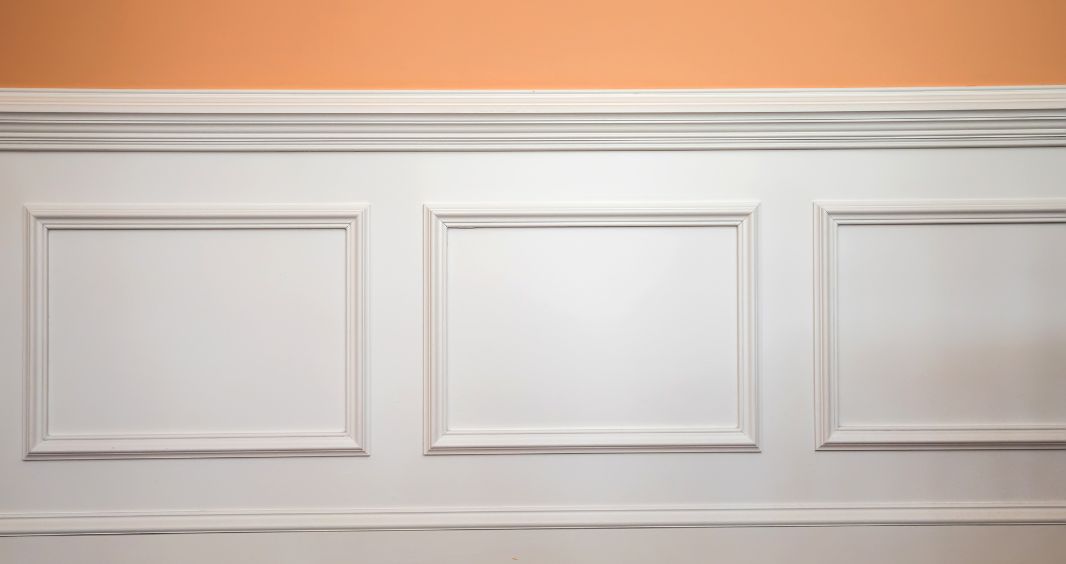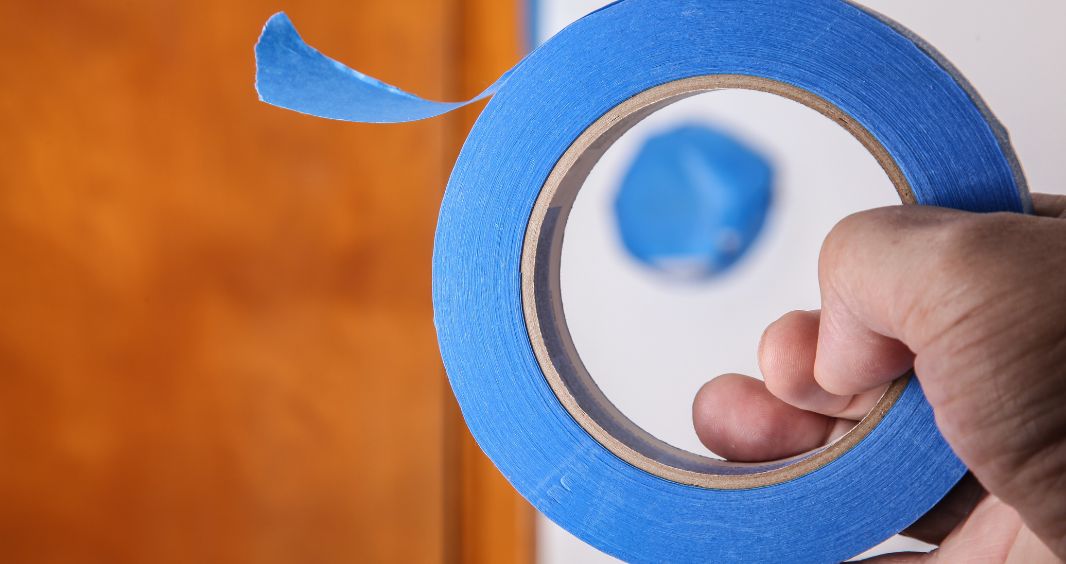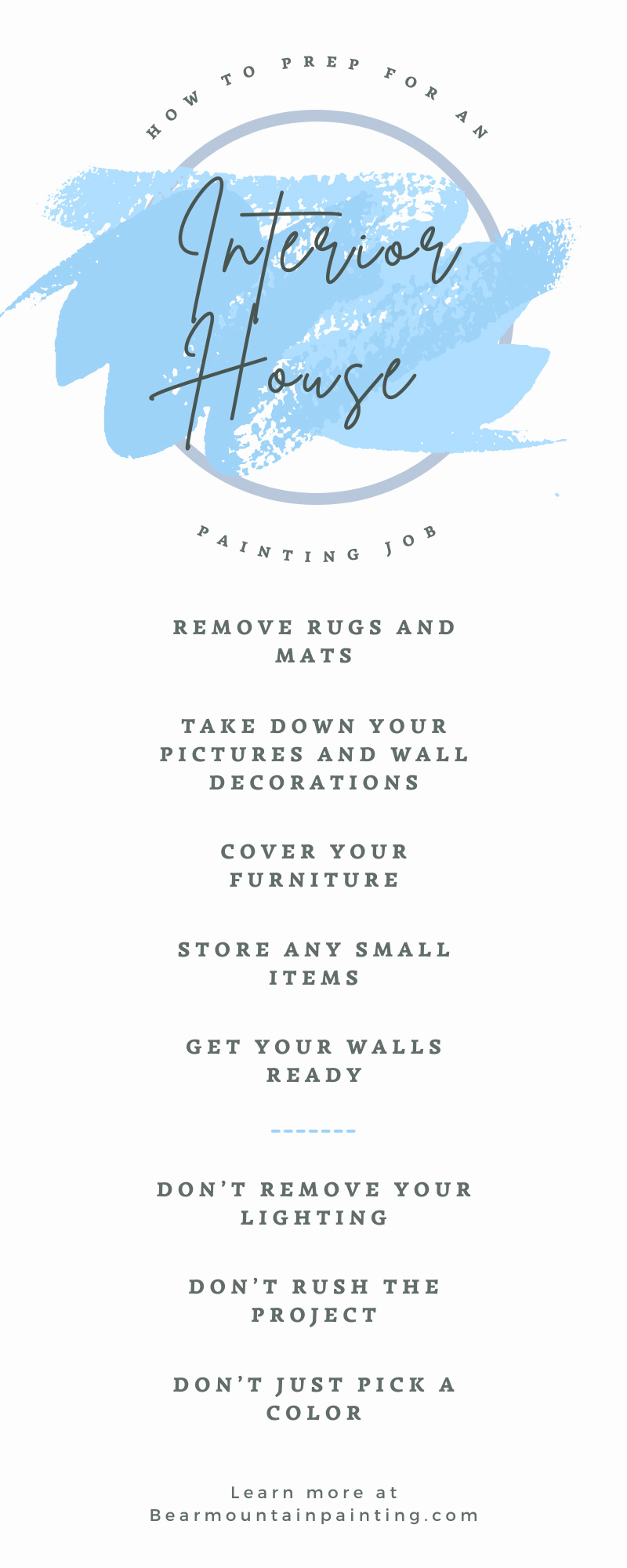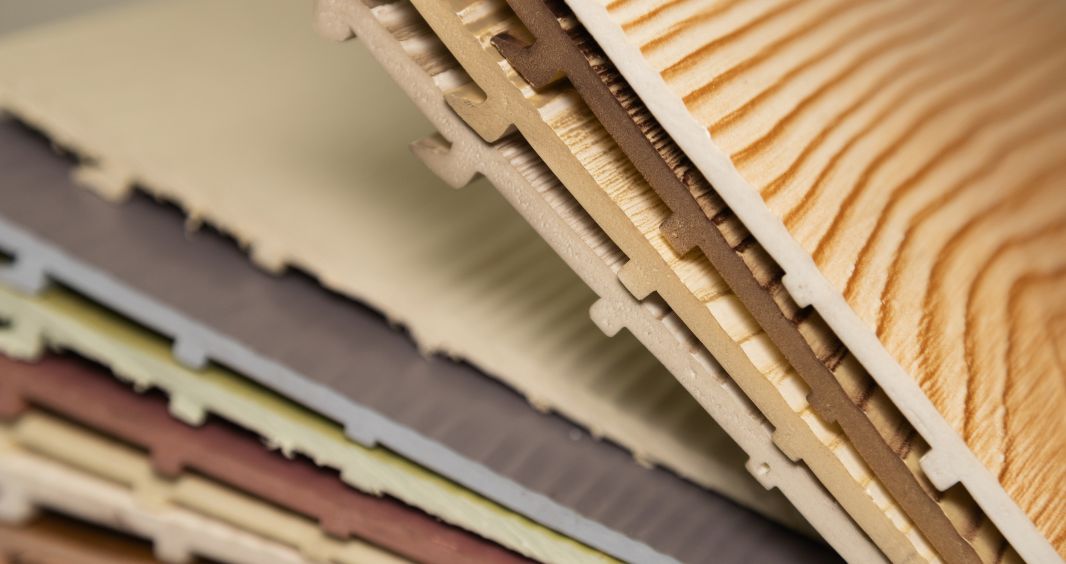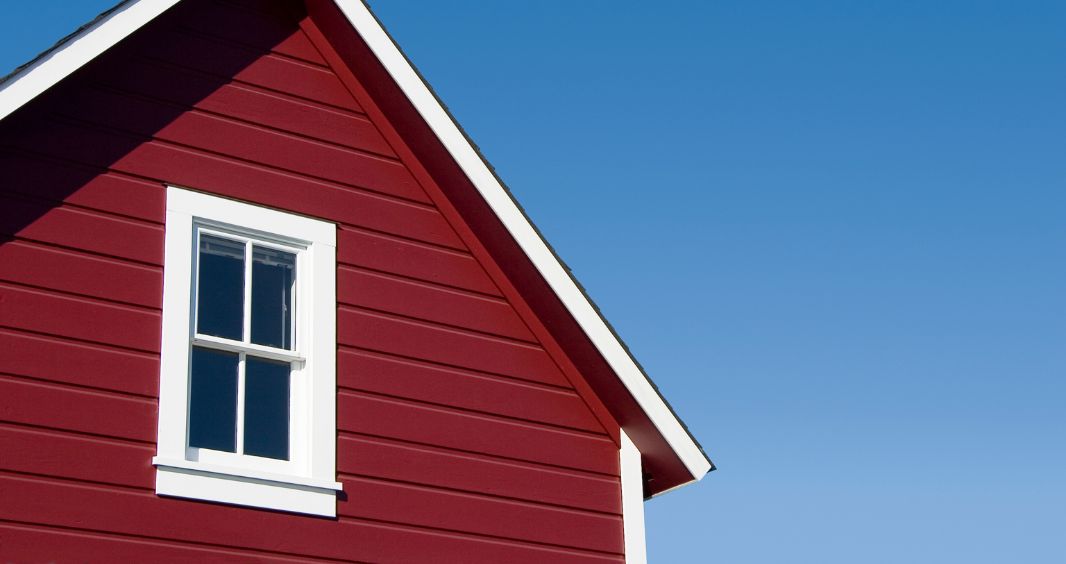Being able to hit refresh on your home with a new paint job is the best feeling. Open your mind to using colors you’ve never considered before and explore your interior design style. However, if you are looking to repaint your home’s interior, you first need to prep the space. If you want to know more about how to prep for an interior house painting job, follow this guide to understand the process.
Why Is Prep Work Important Before Painting?
For any remodeling job, big or small, homeowners must do prep work to avoid frequent disruptions during the process. This concept also applies to painting projects. It’s critical to prep your walls beforehand, which a practice the pros call surface preparation. Delays in projects like painting can make the process more frustrating than fun.
Reasons To Prep Your Interior Walls for Painting
Getting the interior ready for a renovation is essential for several reasons. However, if you haven’t ever tried to paint your walls before, you may wonder what the point of surface preparation is. The primary purpose is to ensure the paint adheres to the wall; if it doesn’t, you will need to go back over a second or third time. Find out the other reasons below.
Professional Painters Appreciate Prepping
If you hire a professional painting company to come and paint for you, they’ll appreciate you prepping ahead of time. Most of the time, professionals don’t clean the walls unless they’re painting the exterior, so they recommend performing surface preparations before they arrive.
You Finish Your Project Earlier Than Expected
You can sometimes complete your project earlier than expected by prepping the walls, even if you have more than one wall to coat. Additionally, early prep work protects your belongings and floors, safeguarding you from having to replace any valuable items.
Things You Should Do Before Painting Your Home’s Interior
Now that you understand the importance of prep work, you might feel stoked to start the process. Here are the things you should do to make the process easier for the professionals, protect your belongings, and ensure fantastic results.
Remove Rugs and Mats
Firstly, you will want to remove rugs and mats from the room. While they’re pretty and help stop dirt from smudging the floors, these items are vulnerable to dripping paint. Here’s something to remember: paint is a liquid, and as careful as your professional painter might be, paint can still splatter, staining rugs and mats. Store fabric items in the basement or a closet until the paint dries.
Take Down Your Pictures and Wall Decorations
Unfortunately, there is no way to paint underneath wall decorations or framed pictures without getting anything on the back, sides, or front. Before doing any work, remove your photos, clocks, posters, candle holders, and mirrors. You will want to set aside anything that can get in the way.
Cover Your Furniture
Your furniture is also susceptible to damage, and the painting crew will have difficulty navigating everything. The painting process is an excellent opportunity to rearrange your furniture. You should focus on moving larger furniture, such as the couch, coffee table, and TV stand. Move the furnishings to a storage unit or another room in the house. Relocating furniture creates fewer mazes and more walking room for the painting team.
Store Any Small Items
Don’t forget the smaller details! If you have knick-knacks lying about, pick them up and move them. If you leave small things around, someone will likely step on them by accident. Evade the chance of replacing broken heirlooms or novelty and decorative items by putting them in a new location.
Get Your Walls Ready
After you’ve gone through and cleared out the space, it’s time to wash your walls. This step can be easy and fast, but it might take time if you have to go through multiple floors. Start by using a duster or dry rag to remove cobwebs, dirt, and dust.
Next, use a mix of water and detergent with a sponge or rag to remove stains and other blemishes. This step is essential if you want to ensure your walls can hold the primer, paint, and finisher. Make sure to clean the walls 24 hours before your scheduled time to ensure they have time to dry.
Things To Avoid Doing Before Painting Interior Walls
While you might think you’re doing all you can to prepare your walls, you may be doing a few things wrong. Avoid catastrophic mistakes by learning what not to do before painting your home’s walls.
Don’t Remove Your Lighting
Lighting is essential. Unless it comes from a small table lamp, you should ensure there is ample lighting in the room. If you have a room with poor natural light, use floor lamps. Floor lamps help you see what you’re doing and make sure you’re painting in the right place.
Don’t Rush the Project
Don’t rush through a project if you’re painting the walls yourself; it might feel great to accomplish a painting job in under three hours, but rushing can affect your results. You also want to avoid rushing the cleaning process, as remaining dirt or moisture can complicate the painting process.
Don’t Just Pick a Color
It’s best not to pick a color on a whim. Randomly choosing a color may lead you to accidentally pick a shade that looks different in your room’s light or is out of stock. Work with a professional interior painter in Alpharetta, GA to find the best set of colors for each room. They’ll be the experts you can go to for paint color advice.
Tips for Prepping Your Home’s Interior for Painting
If you still struggle to rearrange your furniture to make room for the painting crew, you might need additional tips on prepping your home’s interior walls.
Ask a Professional Painter How Much of the Floor You Should Cover
It’s always best to ask the professional any questions you may have about protecting the floors. Compared to other renovations, painting is more likely to ruin the floorboards if you aren’t careful. They will recommend what type of masking to use on the surface, such as a plastic tarp.
Make the Most of Your Professional Painting Experience
Always make the most of your professional painting team. Ask questions, be hospitable, and communicate. Open communication makes the process easier for both parties.
Some things you can do to make your experience better:
- If the crew is small, consider running errands while they work, and give them a timeframe of when you’ll return.
- Give the crewmembers a restroom to use, offer them water, and be welcoming.
- Make sure your pets and children are out of the way while the painters work.
If you’re planning to give your home’s interior a fresh coat of paint, ensure you hire the best team of interior paint contractors in Cumming, GA area from Bear Mountain Custom Painting. Our painting crew is knowledgeable about all aspects of the painting process. Reach out to us with questions about scheduling your interior home painting job.

